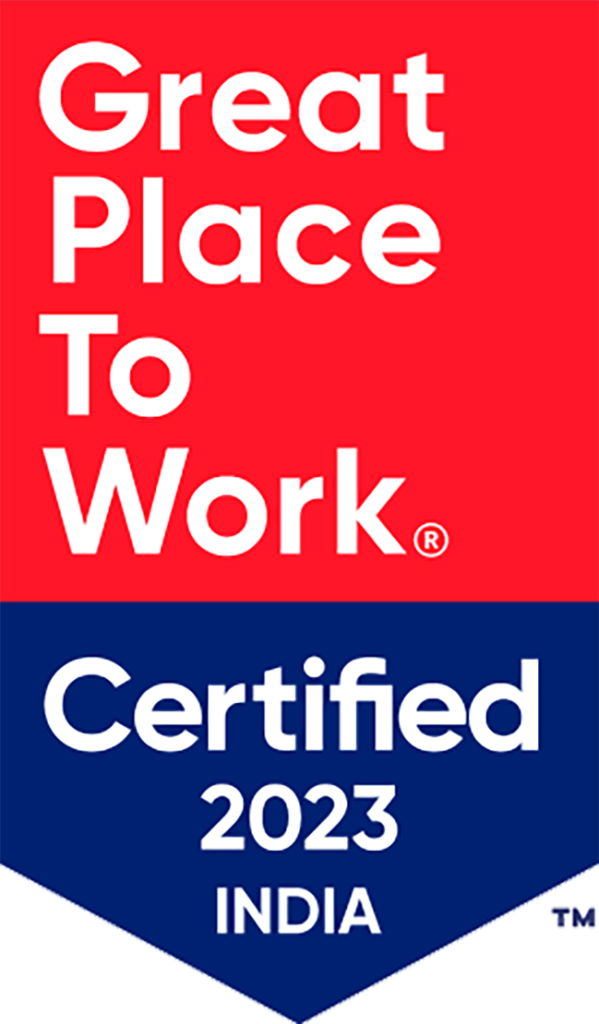With more and more businesses switching to a remote workplace model, many organizations continued to test and measure what works and what doesn’t for them culturally. Some of us even made cultural innovation part of our ongoing business processes as we try to navigate this new “workplace.” But, with all the hours spend brainstorming around roundtables, many of us overlook basic strategies and processes that have stood the test of time and continue to work wonders.
For businesses, each crisis brings something new to learn and apply to their “people” processes. While innovation, evolution, and expansion are always a good thing, so is going back to the tried-and-tested basics of great work culture. All you need is an open mind and willingness to replicate the same old learnings into new remote environments.
Make the most of EOS tools
For those of you using the EOS framework, it is important to stick to the cadence of daily huddles and L10s. When everybody is working remotely, you may need to add more time for conversation with the team. And, that’s okay. Over-communicating with your remote team can deliver instant pay-offs. Adding bi-weekly or weekly virtual town halls and augmenting morning huddles with short evening recap calls are also ways to leverage existing EOS recommendations in slightly new ways. Don’t forget to have each team member’s accountability chart and quarterly scorecards updated and continue touchpoints such as 5-5-5s—out of sight cannot mean out of mind.
EOS tools such as L10 act like an engagement and communication tool. They leave everybody feeling heard and appreciated. The ongoing dialogue via these meetings keeps accountability and timely commitments in check.
Let the remote experience mimic the office experience
With more employees working from home, it is important to replicate your in-office culture in a remote environment, including moving meetings to video conference calls. Sometimes it’s tricky to transition the usual in-person meeting structure to video meetings and achieve the same results. This is where having the following details in place in advance of each meeting can come in handy:
- Purpose of the meeting shared in the invite or communicated via group email
- The objective(s) that need to be achieved by the end of the meeting clearly articulated
- Clear roles, including facilitator, timekeeper, and a note-taker to take down action points and a list of follow-ups made during the meeting
Also, remember virtual meetings are more effective when people can see each other’s facial expressions and body language. So, as a rule, always have your team sit close to their webcam to help you recreate the intimacy of a cohesive team meeting.
Try old-fashioned “pep talks”
With social distancing becoming the norm of the day, energy among your remote team can drop from time to time. This is the time when your middle management can show some flexibility.
Ask your team leads to start their day by popping the most important questions into team huddles: “Where are we stuck today?” or “What we need to do today?” As a leader, you should constantly attend town halls (now virtual, of course) to reiterate where you, as a team, are going, and how you are going to achieve your quarterly goals. Remember to concentrate on having a dialogue and active listening rather than indulging in a monologue. It is important that you encourage your team to ask anything during these town halls so they know you are being transparent—it could be concerns about meetings, budget cuts, or losing clients—as long as they know it is a safe forum for questions.
Continue to hire for core values
Let’s be real. Technical skills can be learned, but certain behavioral values cannot be instilled even in the most technically brilliant person in the world. This is why hiring for culture fit is important even in the new normal—maybe even more so than before. Values-based hiring prioritizes specific values, beliefs, and aspirations when attracting, hiring, and promoting talent. By focusing on specific core ideas, you will be able to build a team of like-minded people or similar personalities for the job. However, during virtual hiring drives, it’s more difficult to gauge one’s culture fit, without having him or her coming into the office. While virtual hiring has many advantages, it can’t replace the magic of face-to-face dialogue. This is where classic tools like the “People Analyzer” will come in handy.
For each candidate, have their “core value grid” ready. Ask behavioral questions to get them to tell you their stories around core values important to you. For each core value, assess the candidate based on “gets it”, “wants it,” and “can do it” criteria. Again, it’s not important to hear from candidates that they believe in “accountability.” What is necessary is having them demonstrate that via sharing anecdotes and real-life examples.
Have fun activities in place
With social distancing, your talent may feel disconnected from each other. To fill that void, you must try to mimic your engagement activities too. In a brick-and-mortar setting, it was easy for everyone to socialize. In a remote work setting, however, you have to intentionally create moments for these fun breaks.
To keep your talent engaged socially, have virtual happy hours planned. Each week, hop on a Zoom video call to talk to your team about anything but work. At IT By Design, we have introduced a range of employee engagement clubs – The Movie Club, Ladies’ Lunch, and Fun Friday quiz competitions. Having these activities in place helps us make up for all those post-lunch chats and hallway small talk that our teams misses out on when working remotely.
Final Thought: Success in the MSP space hinges on adaptability, but it is equally important to take time to recognize what worked for you culturally and mimic the same in new remote work environments. Going back to basics, and involving your entire culture team in this effort, will help you steer growth and productivity across different departments and teams.







